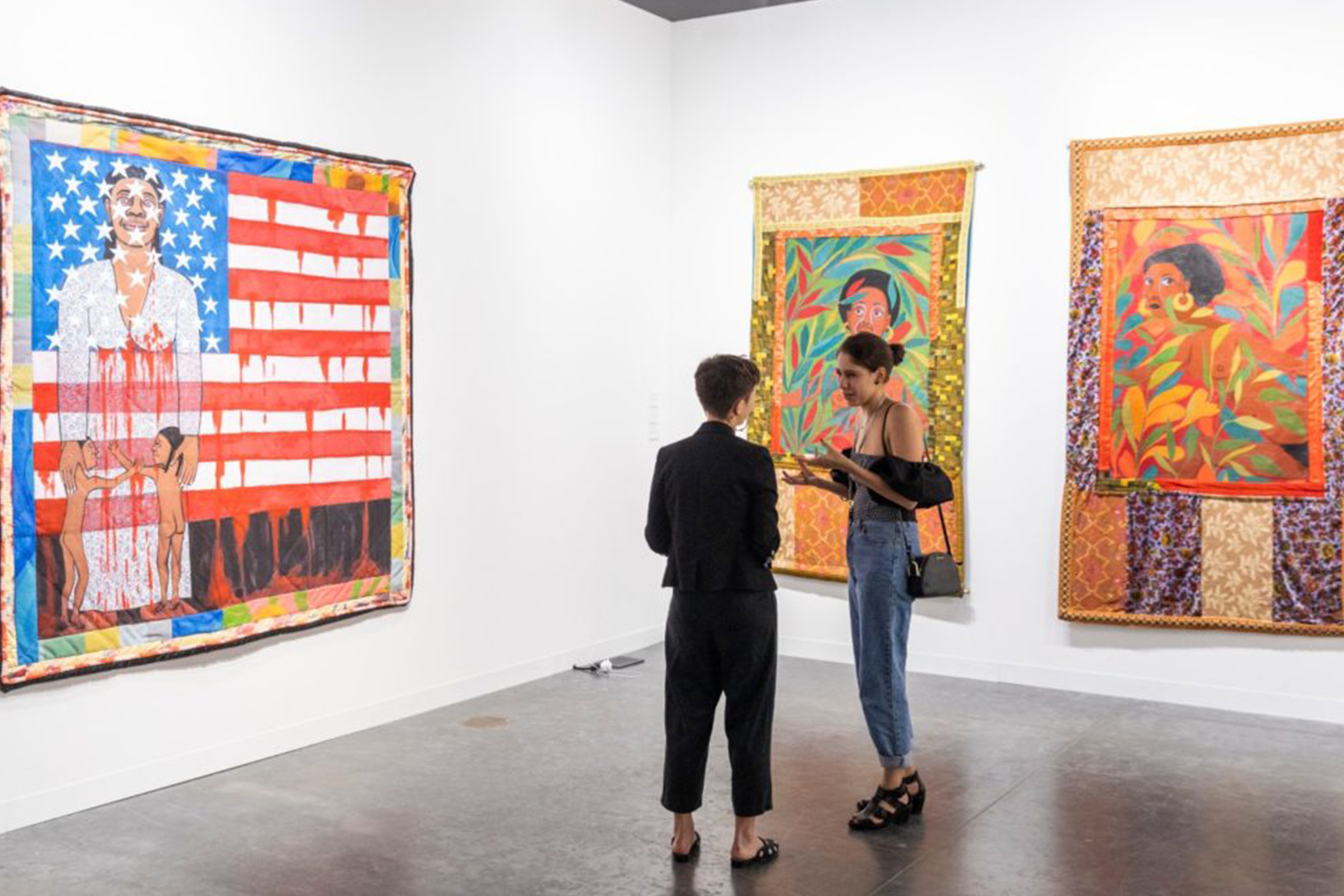This post is also available in: Spanish
The most important art fair in the world, Art Basel, inaugurates the sixth edition of its headquarters in Hong Kong and with it starts the Art Week in this financial city (from March 26 to 31).
Its global director, Marc Spiegel, considers it one of the most important this year with 248 leading galleries from 32 countries and territories participating in it. This fair highlights Art Basel’s commitment to the region as half of the participating galleries, once again, have exhibition spaces from Asia and Asia-Pacific.
The 2018 program offers an in-depth description of the region’s diversity through historical material and avant-garde works by established and emerging artists.
For years, thanks to the first Art Basel, a large number of galleries have opened, which has greatly increased the number of collectors in China and throughout the region of Southeast Asia attending this event.
Art Basel’s international ambition
When Art Basel acquired HK Art Fair six years ago, it introduced a Swiss management style and experience. Greater rigor in the selection of galleries and a more spacious presentation attracted a crowd during its first edition, although sales started off slow.
Currently, Hong Kong is a symbol of the vitality and dynamism of Asian markets. This fair is like a springboard for different cultures and different ways of seeing art.
As an example, among the 248 leading galleries from 32 countries present at Art Basel Hong Kong (against 300 at Art Basel in Switzerland), more than half came from Asia. That number includes many first-rate European galleries, such as Gagosian, White Cube, Perrotin and Lehmann Maupin that have established facilities in Asia in recent years, including India and Australia.
So these figures do not exaggerate the importance of this market. According to Clare McAndrew, a specialist in the economics of art, China alone accounts for 25% of art worldwide.
Reflective collectors
All the great art collectors in Asia are present, according to Nick Simunovic, director of Gagosian in Hong Kong. He considers Art Basel so good in his field that every year he manages to attract a strong mix of collectors from India, China, Japan, Korea and Australia.
Attracted by this new market, a number of young galleries also participate in the eastern extension of Art Basel. Alexandra Staehli from Raebervonstenglin – a gallery based in Zurich to promote young artists – points out that the opening moment of Art Basel Hong Kong was perfect for its market and for the kind of art and artists it represents.
Art Basel
Art Basel is known as one of the most important annual art fairs in the world. He opened a branch in Hong Kong in 2012, having launched Art Basel Miami Beach a decade ago. Co-founded by Ernst Beyeler, the first edition of the ART international exhibition took place in 1970, in Basel.
The 48th edition of Art Basel is held this year in Basel. The selection is rigorous: out of about 1000 applicant galleries, only 300 were selected. The program includes Art Unlimited, a platform for non-standard and out-of-size creations, which will have 79 works, the largest amount ever presented. In addition to the main event, five satellite fairs will take place simultaneously in Basel, mainly dedicated to young talents.
The Art Basel brand
Although it works mainly as a market, Art Basel has developed, over the years, a series of outreach activities aimed at reflecting all aspects of contemporary art.
Simon Lamuniere was in charge of Art Unlimited at Art Basel many years before taking the reins of Art Geneva. Returning from Hong Kong, I’ve been surprised by the way Art Basel has become a brand stamped everywhere.
He also talks about his perception of how different nationalities work since, in a world market, it takes time to learn how to read the art from another culture. But when the Art Basel brand comes on the scene, it creates much more power and communication with the media and that arouses more curiosity.
The importance of art fairs has increased significantly in the last 20 years. They are very attractive platforms for professionals who can meet and present important works, and for museum directors and journalists who discover these works. They are also good places to observe for the more regional audiences.
Currently there are enough art fairs and biennials to fill the year’s agenda. But not all galleries have the means to participate and that affects many of the young galleries. Some even disappear.
Other galleries can not access these global platforms, despite repeated attempts: in Art Basel, less than one in three galleries does. As a result, a large number of alternative fairs take place within the framework of Art Basel.
